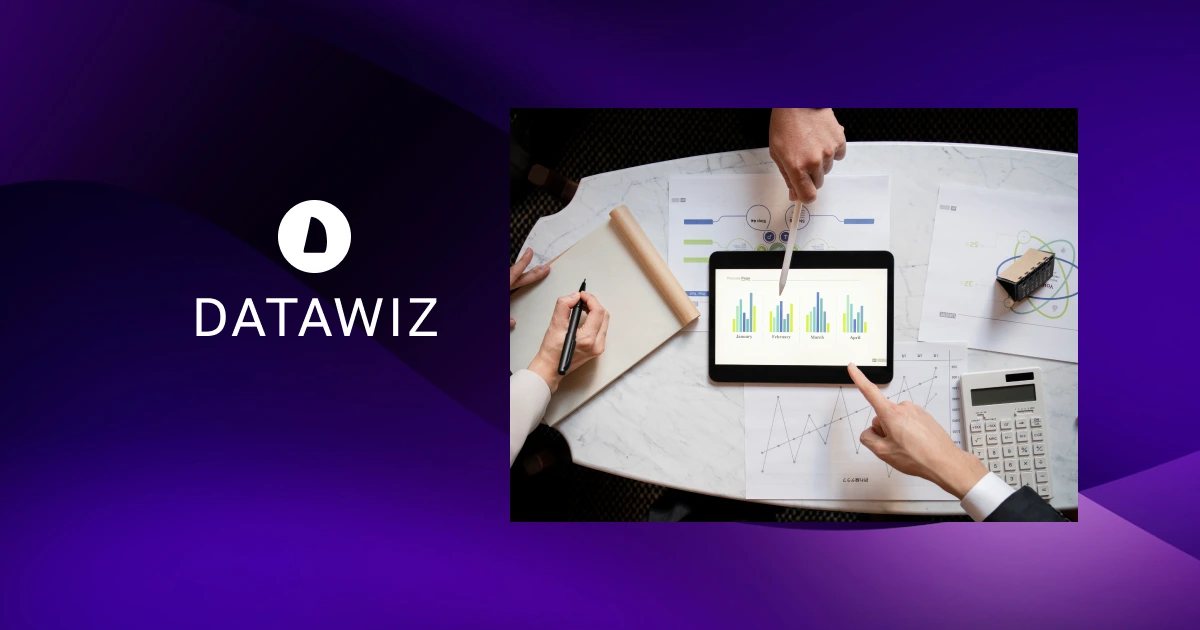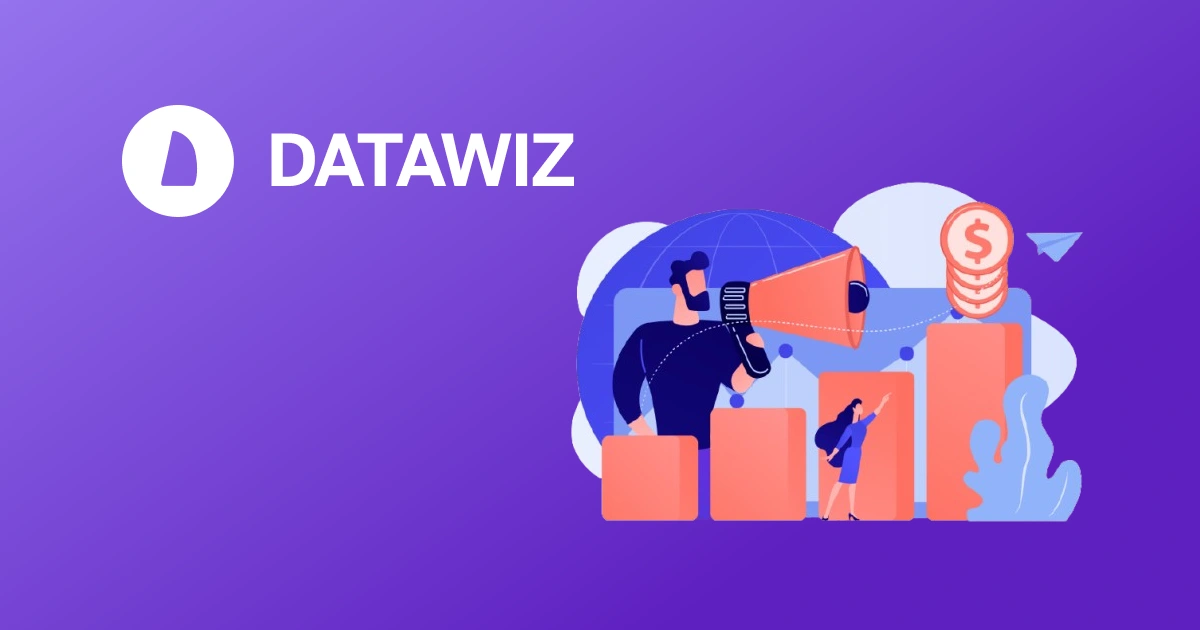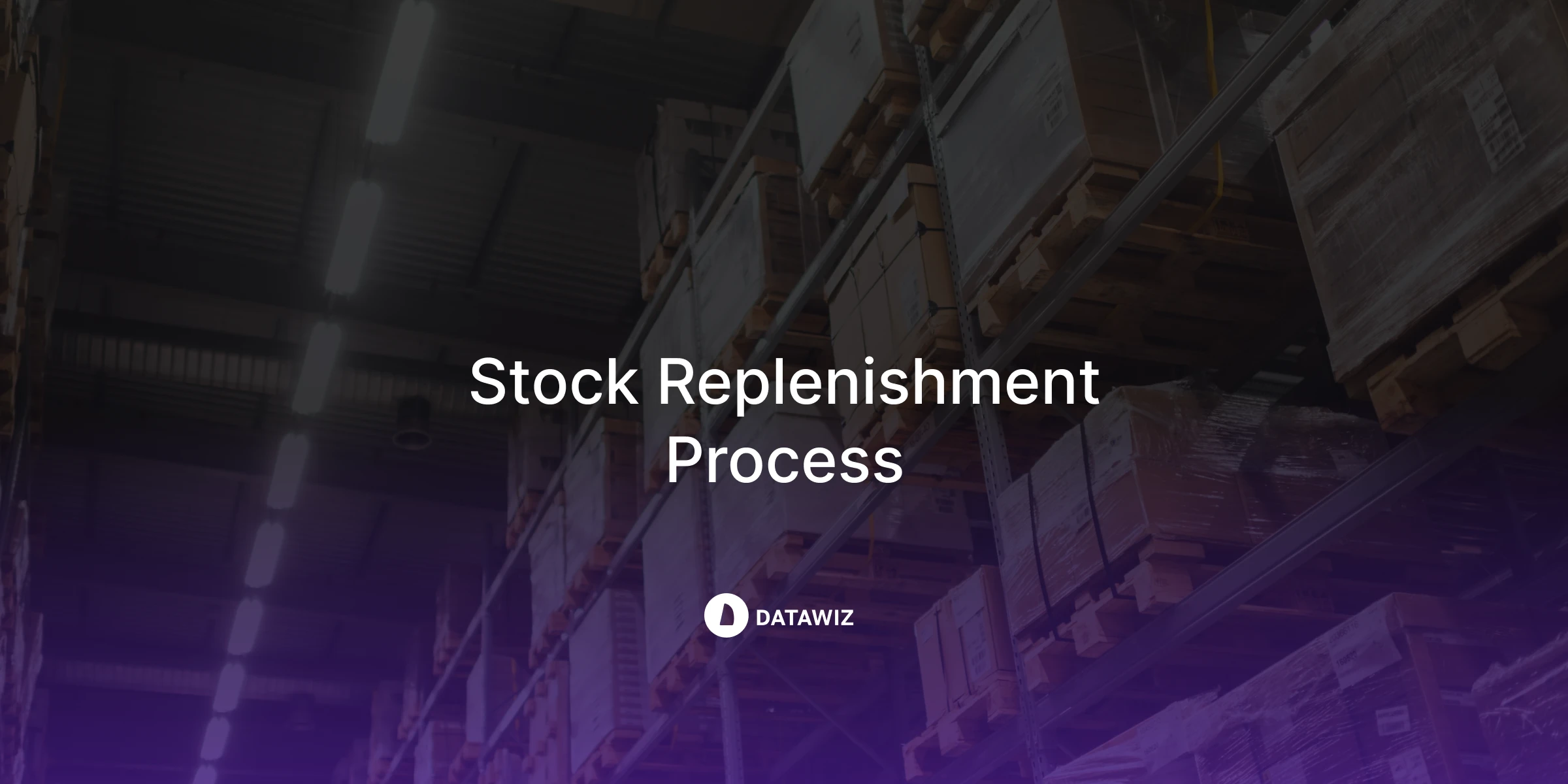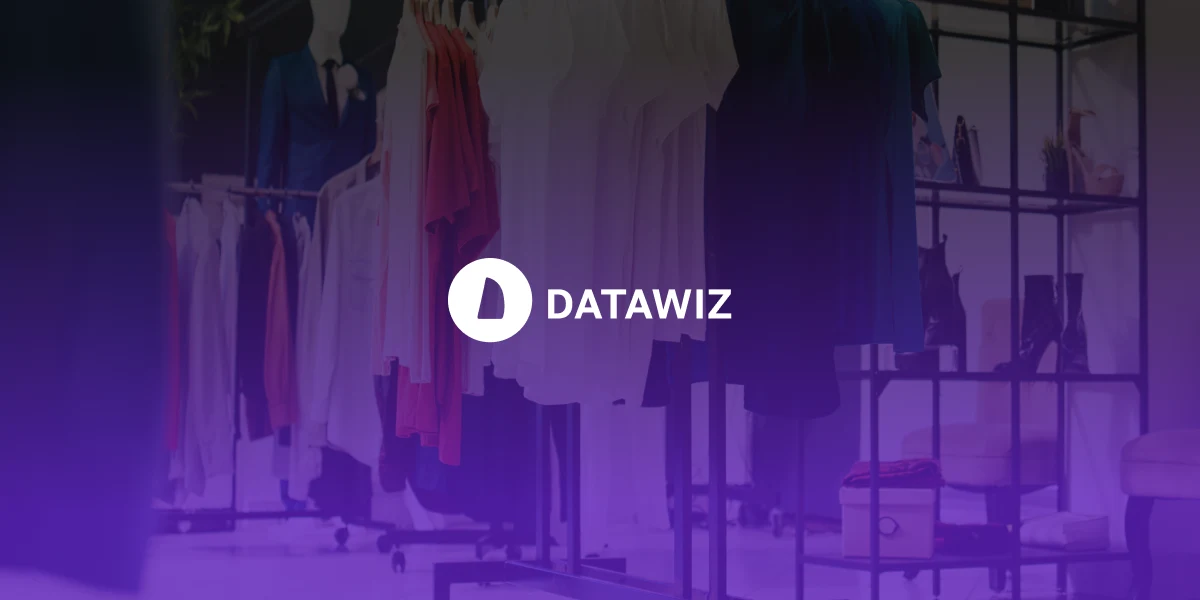In today’s competitive retail world, data isn’t just helpful—it’s essential. Consumer goods analytics has become a key part of strategy, not just support. It helps retail chains and manufacturers make smarter decisions, reduce risks, and boost profits. Whether you're tracking inventory, improving shelf placement, or predicting customer demand, using analytics the right way can significantly improve your retail results.
What Is Consumer Goods Analytics in Retail?
Consumer goods analytics refers to the process of collecting, processing, analyzing, and modeling data to uncover insights related to consumer behavior, sales trends, supply chain performance, and in-store execution. Unlike general business analytics, it focuses on SKU-level performance, planogram compliance, point-of-sale (POS) data, inventory turnover, and promotional effectiveness.
Modern analytics platforms allow retailers and CPG (Consumer Packaged Goods) companies to go beyond historical reporting to predictive and prescriptive analytics, empowering them to act proactively instead of reactively.
Why Is Data Analytics Crucial in Retail?
Retail is a fast-moving industry where margins are thin and competition is fierce. Factors such as changing consumer preferences, supply chain disruptions, and regulatory pressures make manual or intuition-based decisions ineffective. That’s where analytics steps in.
Key Benefits of Consumer Goods Analytics:
- Demand Forecasting: Anticipate trends and adjust stock levels accordingly
- Shelf Optimization: Improve planogram execution and track shelf availability
- Inventory Management: Minimize overstock and out-of-stock situations
- Customer Insights: Segment customers by behavior, location, and preferences
- Promotion Analysis: Measure ROI and effectiveness of marketing campaigns
- Price Optimization: Adjust pricing dynamically based on market data
Steps to Implement Consumer Goods Analytics
1. Define Strategic Goals
Start by identifying what you want to achieve—whether it's increasing sales per square meter, reducing logistics costs, or improving customer satisfaction. ClearKPIshelp drive a focused implementation.
2. Establish a Data Infrastructure
Integrate data sources such as POS systems, ERP, CRM and loyalty programs. Clean, structured data is foundational for accurate analysis.
3. Select the Right Analytical Tools
Choose data analytics platforms tailored for retail chains. Prioritize tools with real-time dashboards, AI-driven insights, and customizable reporting. One such solution isBI Systemfor Analyzing Store Chains – Datawiz, offering deep, actionable insights tailored to retail-specific needs.
4. Build an Analytics Team
Form a cross-functional team that includes data analysts, category managers, supply chain planners, and store operations. Collaboration ensures that insights are translated into real-world improvements.
5. Test and Iterate
Implement analytics in stages. Begin with a pilot in selected stores or regions, analyze performance, and scale what works. Regularly review and refine models based on changing market dynamics.
Use Cases of Data Analytics
To see the practical impact of analytics, here are real-world use cases that retail chains are leveraging today:
1. Predictive Demand Planning
Retailers use machine learning algorithms to analyze past sales, weather patterns, seasonality, and local events to forecast product demand. This reduces stockouts and avoids dead inventory, particularly in fast-moving categories.
2. Planogram Optimization
By analyzing shelf-level data, retailers ensure that products are placed where they sell best. Planogram compliance and performance can be tracked bySKUrotation, facings, and category contribution, maximizing sales per foot.
3. Promotional Performance Analysis
Data analytics enables promotion tracking at a granular level. Retailers can evaluate which campaigns drive the highest basket size uplift, which SKUs benefit from bundling, and which promotions cannibalize other products.
4. Inventory Health Monitoring
Analytics helps monitor inventory aging, turnover rates, and supply chain bottlenecks. By identifying slow-moving SKUs or overstock situations early, businesses can act fast to improve liquidity and reduce storage costs.
5. Customer Segmentation and Personalization
Using loyalty and POS data, retailers segment customers based on buying behavior, frequency, basket composition, and lifetime value. This enables personalized marketing and targeted promotions, improving engagement and retention.
6. Store Performance Benchmarking
Retail analytics platforms allow chains to compare store performance across regions, time periods, and product categories. Outliers—both top and underperformers—can be easily spotted and investigated using key metrics like conversion rate, basket value, and traffic flow.
What Problems Can be Solved with Consumer Goods Analytics?
The retail and consumer goods sector faces significant hurdles, but analytics provides a path forward:
Demand Volatility
With the help of predictive modeling, you can dynamically adjust inventory levels to match fluctuations in consumer demand, preventing lost sales and overstock.
Supply Chain Complexity
Analytics enables end-to-end visibility across the retail supply chain. Real-time insights into order statuses, lead times, and vendor performance allow for smarter procurement and planning.
Regulatory Compliance
Use analytics to automate compliance reporting, track regulated categories (e.g., perishables or pharmaceuticals), and monitor store-level documentation status.
Consumer Goods Analytics Software
As competition grows and customer expectations rise, consumer goods analytics is becoming a non-negotiable capability in retail strategy. With advanced data platforms and growing availability of real-time data, retailers can evolve from being reactive to predictive.
The shift is already visible: from static dashboards to dynamic BI systems that offer prescriptive recommendations; from siloed reporting to integrated, cross-functional decision-making; from short-term tactics to long-term strategic foresight.
Retail success in today’s world is not just about stocking shelves or running ads—it’s about understanding data. The real winners in the consumer goods industry are those who transform analytics into everyday operations, decision-making, and customer engagement strategies.
By implementing consumer products analytics effectively and leveraging platforms like Datawiz’s BI, retailers and CPG companies gain the clarity and foresight needed to thrive in a rapidly evolving market.
 What's new?
What's new?




 No credit card required
No credit card required